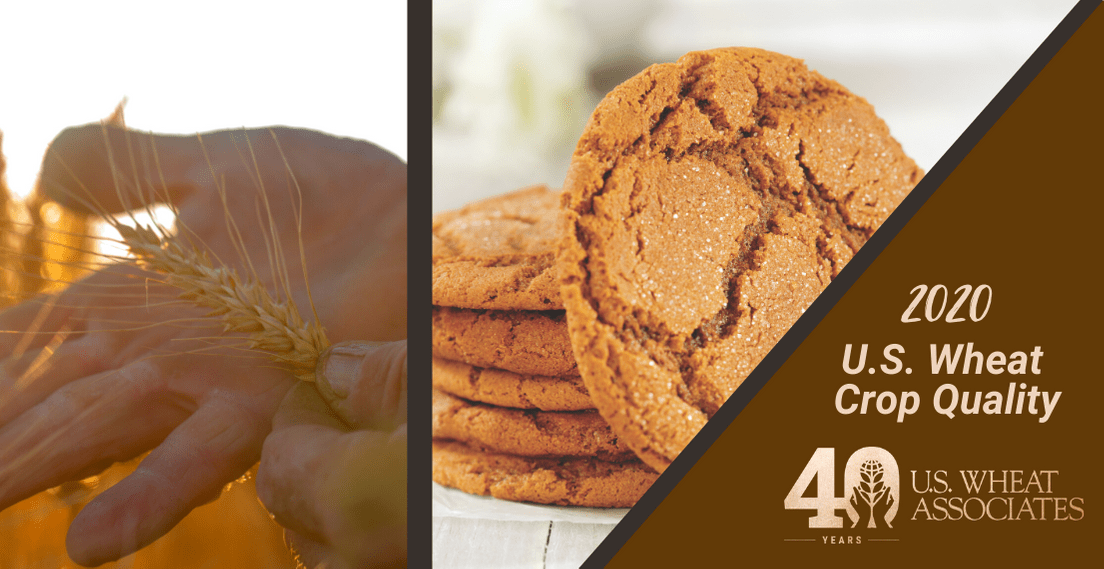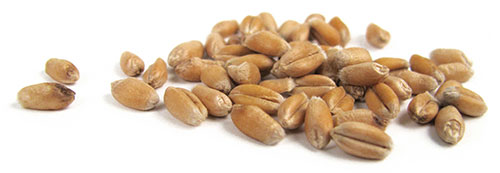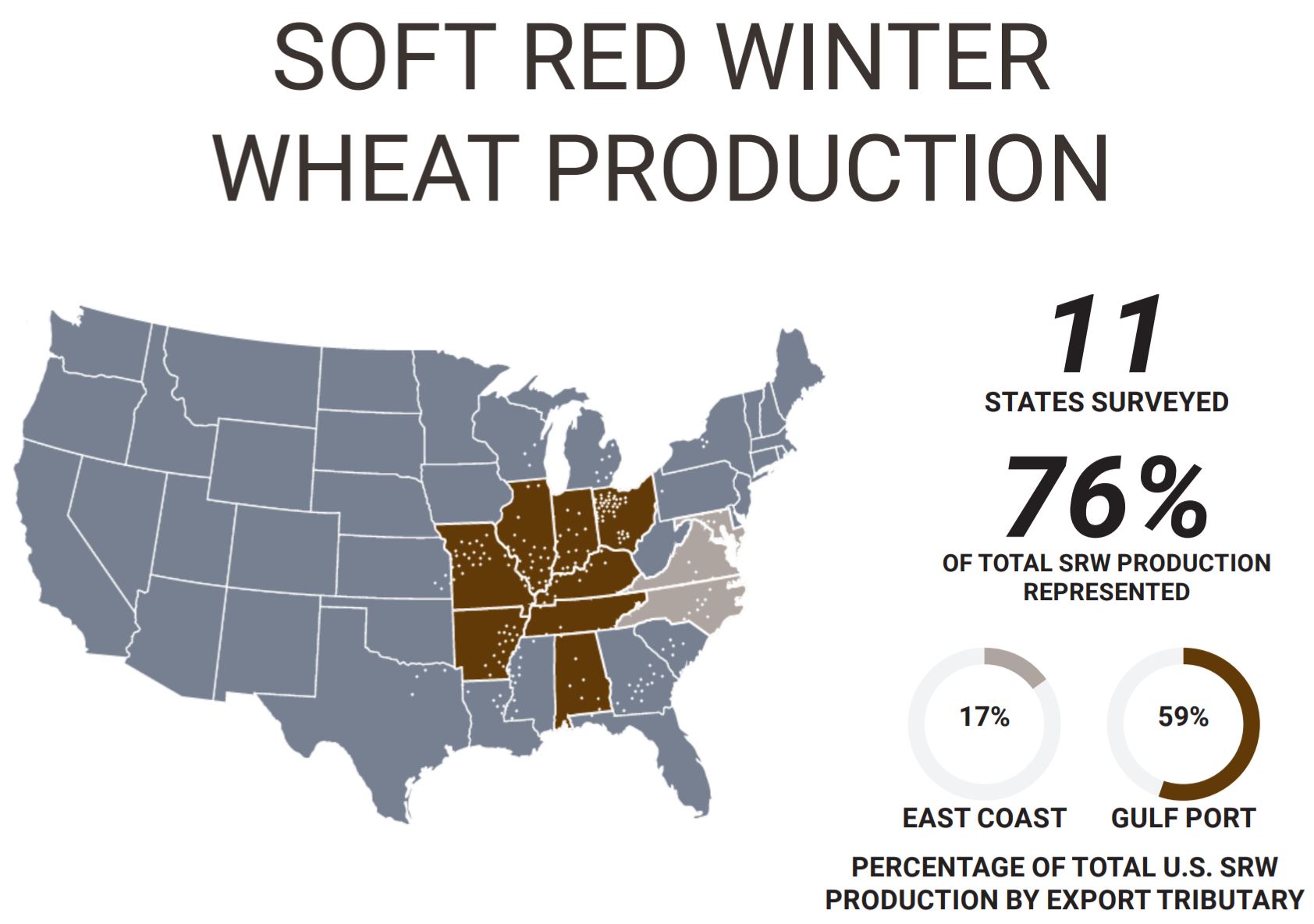The world’s wheat buyers should be extremely happy with the quality of the entire 2020 U.S. soft red winter (SRW) crop. This year’s composite characteristics for East Coast supplies are very good with pockets of higher enzymatic activity (lower falling number) and Gulf Port supplies offer uniformly excellent characteristics.
U.S. Wheat Associates (USW) has posted the full Soft Red Winter Wheat 2020 Quality Survey on its website here.
USDA estimates the 2020 SRW seeded area at 5.63 million acres (2.28 million hectares), up slightly from 2019 but less than the 5-year average. After generally good growing conditions, harvest ended in some areas ahead of the five-year pace. Total SRW production, estimated at 277 million bushels or 7.54 million metric tons (MMT), is up 15% from 2019 but below the five-year average of 304 million bushels (8.28 MMT).
Great Plains Analytical Laboratory, Kansas City, Mo., collected and analyzed 191 samples from elevators in 18 reporting areas across 11 states. The number of samples collected this year is significantly less than in 2019 because of COVID-19 pandemic restrictions at country elevators. Test weight, moisture, protein, thousand kernel weight, wheat ash, falling number and DON were determined on individual samples; the remaining tests were determined on 18 composite samples.
Here are highlights of data from this very good, 2020 SRW wheat crop.
Wheat and Grade Data:
- Grade – the overall average is U.S. No. 2 SRW.
- Test Weight for the Gulf Port average of 59.8 lb/bu (78.7 kg/hl) and East Coast test weight average of 59.3 lb/bu (78.0 kg/hl) are both higher than 2019 and 5-year averages.
- Total Defects for the East Coast average of 1.5% is lower than last year but above the 5-year average. The Gulf Port average is 0.6%, significantly lower than 2019 and 5-year averages.
- Dockage and moisture for both regions are lower than last year and 5-year average values.
- Wheat Protein content for the Composite average of 9.4% (12% mb) is lower than last year and the 5-year average. The Gulf Port protein average of 9.4% is equal to 2019 but slightly below the 5-year average. The East Coast average of 9.4% is significantly below the 2019 and 5-year average.
- Wheat Falling Number – The Gulf Port falling number averages are higher this year and indicate a sound crop. The East Coast average is equal to last year but lower than the 5-year average.
- Vomitoxin (DON) averages for Composite (0.5. ppm), East Coast (0.2 ppm) and Gulf Port (0.6 ppm) are significantly below 2019 and 5-year averages, indicating that the crop sampled is relatively free of DON.
Flour and Baking Data:
- Laboratory Mill Flour Extraction for Composite (66.8%), East Coast (67.0%) and Gulf Port (66.7%) are below 2019 and the 5-year averages.
- Dough properties – data suggest this crop has stronger protein qualities than last year; slightly less extensible and more resistant.
- Farinograph peak and absorption values are similar to 5-year averages, but the stability values are all below the 5-year averages.
- Alveograph L averages for Composite (78), East Coast (75) and Gulf Port (78) are lower than last year and the 5-year average and indicate low extensibility.
- Amylograph Gulf Port average of 760 BU is significantly higher than last year and the 5-year average. The East Coast average of 322 BU indicates relatively high levels of amylase activity in the crop and is consistent with low falling numbers.
- Solvent Retention Capacity (SRC) values generally indicate excellent quality for cookies, cakes, pretzels and crackers; sucrose values in particular indicate good performance.
- Cookie spread ratios for Composite (10.2), East Coast (9.7) and Gulf Port (10.3) are all higher than last year and the 5-year averages, indicating good spreadability.
- Loaf volume averages are significantly lower than last year and the 5-year averages, as the dough is relatively more resistant/less extensive
Buyers are encouraged to review their quality specifications to ensure that their purchases meet their expectations.
View other summaries of the 2020 U.S. wheat crop:
Hard Red Winter
Hard Red Spring
Hard White
Soft White
Durum
View the full 2020 U.S. Crop Quality Report and other related resources here.




